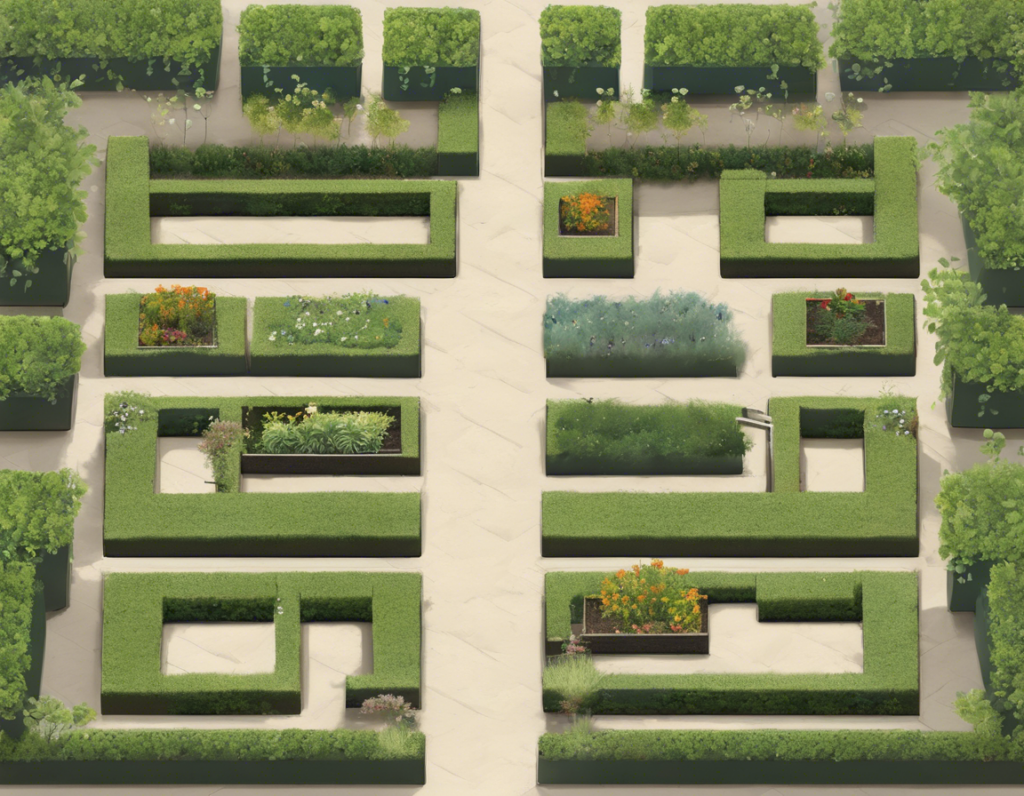Introduction
Calculating the perimeter of a rectangular garden is a common task for gardeners, landscapers, and homeowners. The perimeter is the distance around the outside of the garden and is vital for various reasons, such as determining the amount of fencing required or calculating the cost of landscaping materials.
In this article, we will focus on an interesting concept related to rectangular gardens – finding half the perimeter. This calculation can be useful in situations where you need to estimate the perimeter quickly or want to check your calculations for accuracy. By understanding the concept and following a few simple steps, you can easily find half the perimeter of a rectangular garden.
Understanding the Perimeter of a Rectangle
Before delving into finding half the perimeter of a rectangular garden, it is essential to have a clear understanding of how perimeter is calculated for rectangles. The perimeter of a rectangle is the sum of all its sides. For a rectangular garden with length (l) and width (w), the perimeter (P) can be calculated using the formula:
[P = 2(l + w)]
This formula simply means that to find the perimeter of a rectangle, you add twice the length to twice the width.
Finding Half the Perimeter
Now, let’s discuss how to find half the perimeter of a rectangular garden. Finding half the perimeter involves applying a straightforward mathematical operation to the formula for the perimeter of a rectangle.
To find half the perimeter of a rectangular garden with length (l) and width (w), you can follow these simple steps:
-
Calculate the Perimeter: Start by calculating the perimeter of the rectangular garden using the formula [P = 2(l + w)].
-
Divide the Perimeter by 2: Once you have the perimeter value, divide it by 2 to find half the perimeter. This can be represented as [Half Perimeter = P / 2].
Let’s consider a practical example to illustrate this concept:
Example:
Suppose you have a rectangular garden with a length of 15 meters and a width of 10 meters. To find half the perimeter:
-
Calculate the Perimeter:
[P = 2(15 + 10)]
[P = 2(25)]
[P = 50] meters -
Find Half the Perimeter:
[Half Perimeter = 50 / 2]
[Half Perimeter = 25] meters
Therefore, half the perimeter of the rectangular garden is 25 meters. This simplifies the calculation and can be beneficial in various garden planning scenarios.
Benefits of Finding Half the Perimeter
Understanding and finding half the perimeter of a rectangular garden can offer several advantages:
-
Quick Estimation: By finding half the perimeter, you can quickly estimate the total distance around the garden without performing the entire calculation.
-
Accuracy Check: It allows you to double-check your perimeter calculations for accuracy. If you find half the perimeter, you can verify if the total perimeter you calculated initially is correct.
-
Planning: Half the perimeter can be useful for preliminary planning, such as determining the placement of features or structures within the garden.
-
Cost Estimation: In landscaping projects that involve costs based on perimeter length, finding half the perimeter can aid in estimating expenses more efficiently.
FAQs
- Why is finding half the perimeter of a rectangular garden useful?
-
Finding half the perimeter offers a quick estimation of the total distance around the garden and helps in accuracy checks.
-
Can I find half the perimeter for any shape other than a rectangle?
-
Half the perimeter concept is specifically applicable to rectangles due to their symmetrical properties.
-
Does finding half the perimeter affect the actual perimeter of the garden?
-
No, finding half the perimeter does not alter the actual perimeter value but provides a simplified approach to perimeter calculations.
-
How can finding half the perimeter benefit landscaping projects?
-
It aids in preliminary planning, cost estimation, and quick assessment of perimeter requirements in landscaping projects.
-
Is finding half the perimeter a common practice in professional landscaping?
- Yes, professionals may use the concept to streamline calculations and optimize garden design and planning processes.
